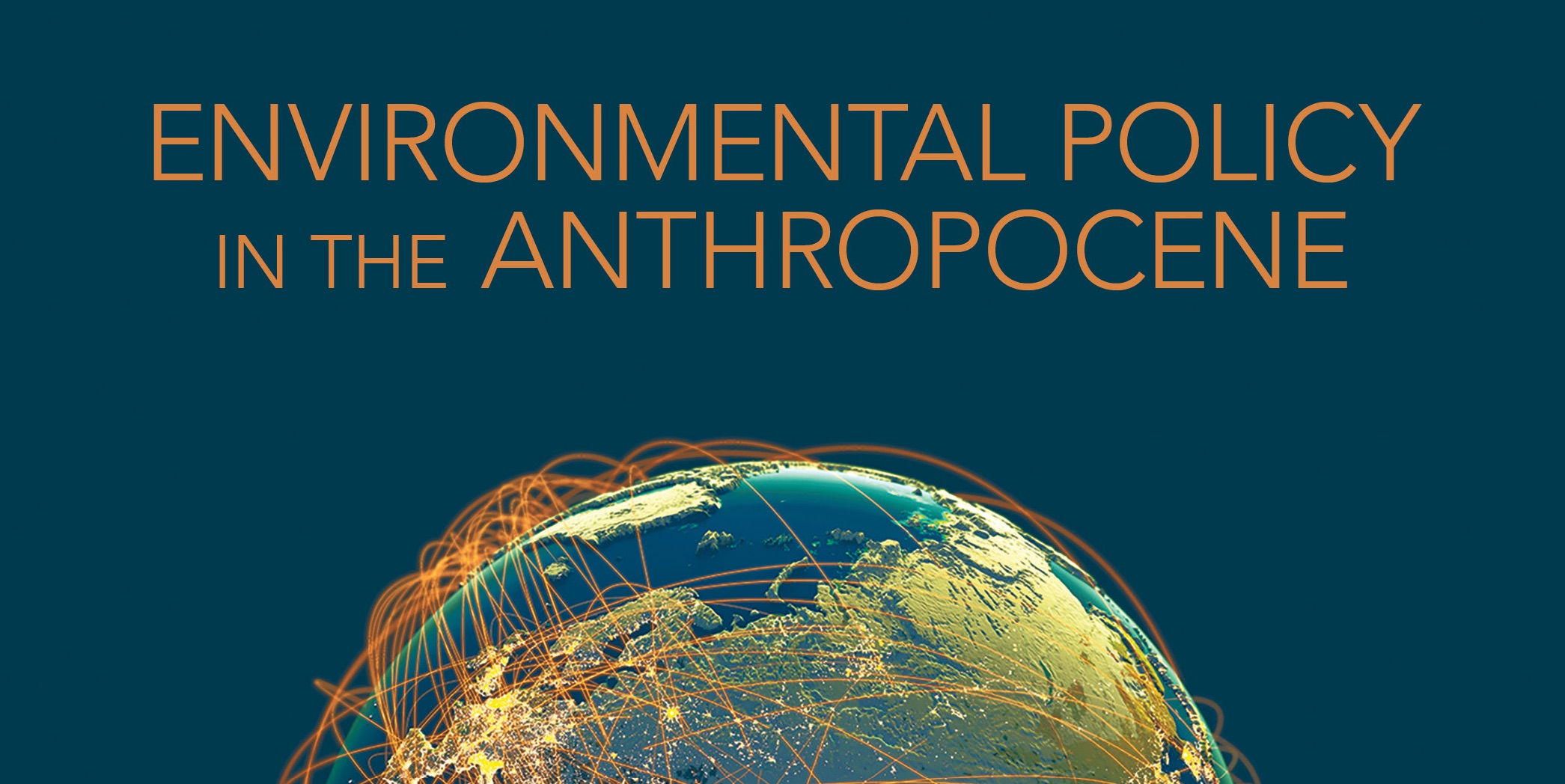Published in Environmental Policy in the Anthropocene (PERC, 2016). Download full chapter here.
A cattle rancher surveys his land, gazing across a vast expanse of the western range. The land surges and rolls, lifting sharply in waves of stone, and receding softly onto the open plains. Before him is a living sea—a Sagebrush Sea, as vast and as variable as any ocean.
Each year, ranchers set sail on the Sagebrush Sea, and by grazing livestock, they convert relatively low-valued plants into higher-quality protein. Like sea captains, ranchers must deliver their cargo in good shape while maintaining their capacity to make the next voyage, navigating the ever-changing conditions of the high seas. These wildly variable conditions—wind and currents on the ocean, rainfall and temperature on the land—are both influential and unpredictable. A salty sailor is one who learns how to respond to these changes and navigate conditions that would sink a less canny sailor’s ship.
On the Sagebrush Sea, success depends on the flexibility the rancher is afforded to adapt his management to changing environmental conditions. Regulations that restrict a rancher’s ability to maneuver his ship in response to these changes can threaten the voyage. For instance, policies that restrict the duration or season of grazing—known as “time” and “timing”—can undermine the very management practices that are needed most. Strict limits on the frequency or intensity of grazing can also hinder what we now understand to be proper rangeland management.
Today, federal grazing policies assume we can navigate the Sagebrush Sea with a static view of the natural world. In effect, we are locking the captain’s sail-set and tiller position based on the average wind speed and direction of the South Pacific. But averages are useless on the Sagebrush Sea, just as they are on the open seas, and every voyage is doomed without the capability to constantly adjust to the vagaries of nature.
Moreover, the terms and conditions of federal grazing permits are based on rangeland assessments made infrequently on small plots that are then extrapolated across vast regions. It would be like peering over the gunnels to observe the waves at a single moment and assuming this observation will predict sea conditions over the next year, or even the next decade.
Making matters worse, many ranchers lack the basic instruments of navigation—the feedback mechanisms necessary to understand and adapt to changes on the landscape. They lack the equivalent of a compass to tell them which direction their enterprise is heading. They lack a sextant to inform them of their position and to assess just how far they have deviated off course.
The reality is that we are blindly sailing the Sagebrush Sea, with rudder and sails in a locked position—and we have little or no way to understand which direction we’re heading. Until now.




